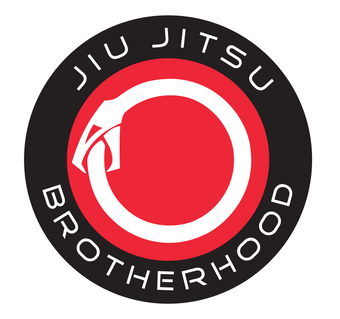The Ecological Method is making quite a buzz in jiu-jitsu circles, and I want to discuss my experiences with it. If you’ve never heard the term, the general gist is that we want athletes to move in as natural a manner as possible, and this can be achieved through various methods, such as constraint-led games and providing variation in training. The classical approach of step-by-step teaching and drilling with a passive partner is considered sub-optimal, with a preference for live training wherever possible.
I was first introduced to these ideas in 2021 when I engaged in a discussion on social media. A coach named Scott Sievewright was promoting some quite radical ideas, such as encouraging students to take ownership of their training and not teaching techniques in a classical way – or even at all! I challenged him on these ideas, and we had a really interesting discussion on coaching athletes ecologically. I implemented some of his ideas and had good feedback from my students. Scott had me on his podcast and sent me a copy of the book How We Learn To Move by Rob Gray, which is excellent and is the foundation for the majority of the Ecological Method’s coaching strategies. Scott was an early pioneer of these methods and has been instrumental in pushing them forward.
More recently, our women’s coach, Tammi, has been all in on this, trying to find out as much as she can. Scott arranged a discussion with Greg Souders, who is also one of the leading proponents of the Ecological Method, and that was really useful. Greg definitely knows his jiu-jitsu and he has given this stuff a lot of effort and consideration. This isn’t a gimmick; he’s invested in finding the best methods to coach his athletes, and he and Scott were very happy to answer any questions we had.
From exploring these ideas over the past few years and having discussions with other coaches, my main takeaways are:
- You have to be an expert in the material you are teaching. Greg confirmed this in our discussion. You can’t teach a subject if you don’t know it intimately, and you definitely cannot break a skill down into teachable components.
- A lot of people seem to be extrapolating the data way past its limits. The science for this method is listed in the book but discusses coaching sports movements, such as adjusting the angle of the arm for a baseball pitch or improving a golf swing. This could apply to coaching the breaking mechanics of an armlock or elevating your hips for a sweep, but it’s not necessarily going to be effective in developing a strategy to escape side control or pass guard.
- You must have a goal for what you are trying to teach. As an expert, you know what you want to see your students achieve by the end of the class, and you are using these methods to get them there. A big mistake I see from some people is that they set up a game but just let the students figure out the answers for themselves. This is obviously not a reliable way to convey information, and it leaves the students confused and lacking in confidence.
- A big concern I have is that people are trying to take aspects of the methodology and make it their entire coaching philosophy, possibly to compensate for a deficit in their ability. For example, some coaches are making their classes entirely constraint-led games, but this then leaves huge gaps in the student’s knowledge. Using live drills for two beginners to discover takedown strategies without giving them proper coaching is, frankly, irresponsible. Constraint-led games are a good coaching tool but are only a small part of the process.
- Despite my above concerns, the methods work. It is important to understand that we all move and learn differently and that encouraging someone to move organically is vastly superior to giving them a plethora of complicated details and expecting them to implement them immediately. There is a better way, and as coaches, we should be striving to offer our students the best service we can.
I once read a statement by author and newspaper columnist Dr Ben Goldacre, where he believes that anyone can learn anything provided:
- The teaching material is good.
- The student is sufficiently motivated to learn.
In my 40+ years of competitive martial arts, I very strongly agree with this statement. I’ve been coaching for decades, and I’ve coached MMA and Jiu-jitsu champions from scratch, so I feel I’m somewhat qualified to discuss my experiences. Every single person I know who got good has done so by taking ownership of their training. I don’t know a single person who got good by just passively turning up to classes. Scott was quite vocal to me in getting students to take ownership of their training and that’s been the real game changer for me.
My overall opinion is that these methods are fantastic when appropriately utilised. A Jiu-jitsu expert teaching strategies to their students and using ecological methods to ensure the correct mechanics, perfectly fits rule 1. Encouraging your students to identify their own gaps and fill them fits rule 2.
However, the ecological method isn’t a replacement for solid coaching by a qualified instructor and it can be misused by some instructors who don’t understand the context and limitations. Going all in without proper experience would be detrimental to the students and you would be better served sticking to the classical coaching method; at least the students would have access to technical information. My suggestion for coaches who want to start implementing the methods is to read How We Learn To Move, gradually incorporate the ideas over a period of time, and gauge the results and feedback.









0 comments